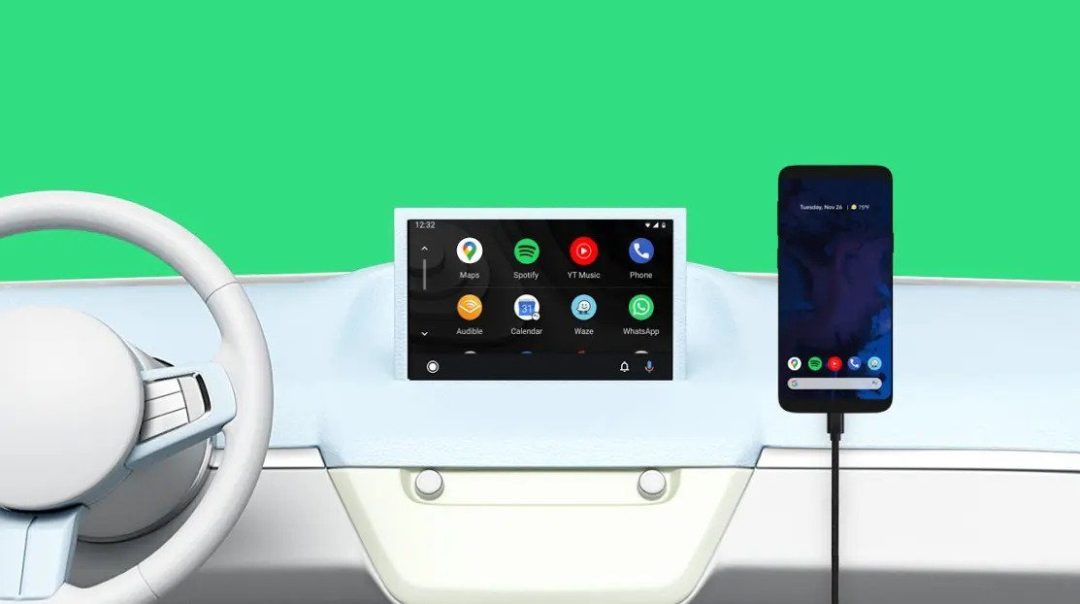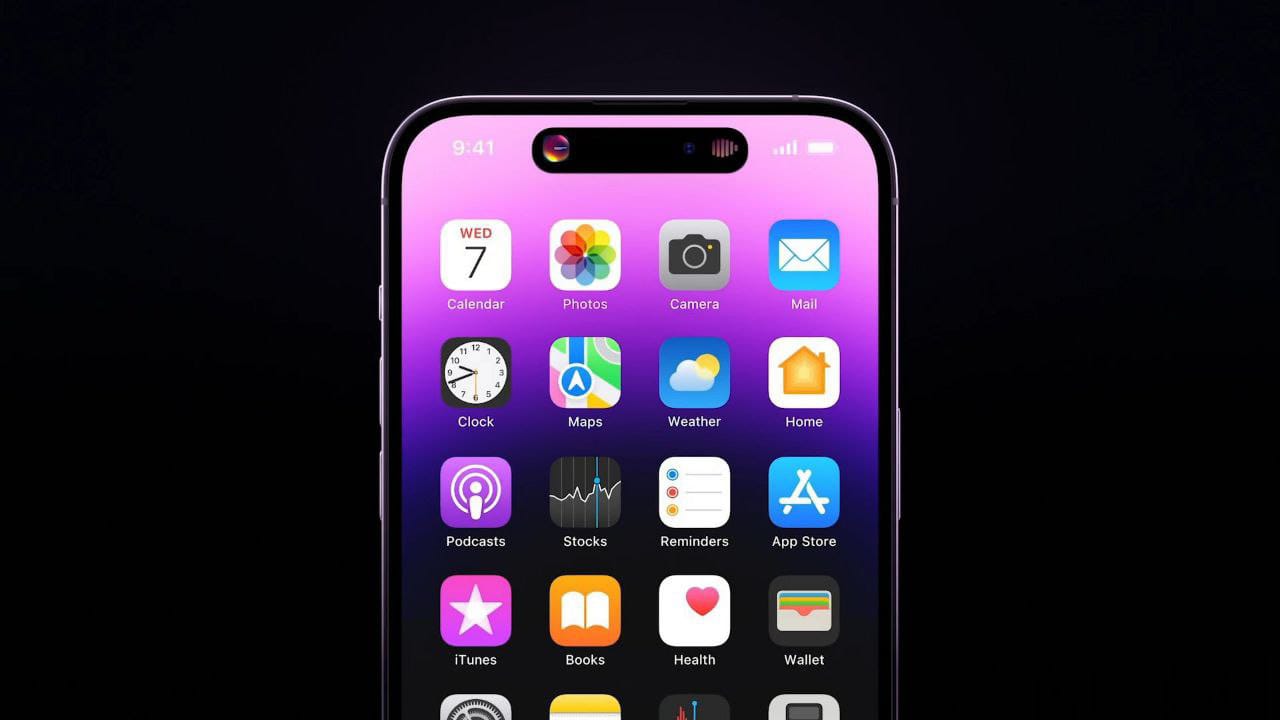Android was launched on September 23, 2008, while the first generation iPhone with iPhone OS 1.0 was launched on June 29, 2007. Even though the latter is more popular in certain countries, the former has a market share of over 72%. Android phones have received multiple significant updates, which is why the battle ubiquitous ‘Android vs. iOS’ battle is closer than ever. The gap between iOS and Android is quite narrow now, but there are certain things that Android does better than Apple’s smartphones.
Android phones – be it OnePlus, Samsung, Xiaomi – offer an amazing blend of features and value than iPhones. The most common mobile operating system has had bells and whistles for years now, which iPhones are lately adopting. For instance, Android has had widgets since 2008, but iPhones recently introduced them in the iOS 14 update – in June 2020, 12 years later! Technical aspects aside, it was a notion that people didn’t buy iPhones because they were (and are) expensive, so Android came to the rescue as affordable chivalry. But that isn’t the case anymore.
Android phones have hit the premium tag, with the Samsung Galaxy S21 Ultra now priced at a whopping ₹1,17,000 ($1600) while the Galaxy Z Fold 2 costs ₹1,49,000 ($2042). So, it’s no more about the cost but preference. In this article, I will tell you the advantages that Android has over iOS. The list is quite long, so grab a tub of popcorn and read how Android blows iPhones out of the park.
Advantages of Android over iOS
I have listed 15 advantages that make Android better in some scenarios than iOS (or iPhones). Read on to ensure your next OS choice.
Related | 14 Advantages of iOS Over Android
1. Variety of hardware
Asus, Google, HTC, Honor, Huawei, Infinix, Lenovo, LG, Meizu, Motorola, Nokia, OnePlus, Oppo, Razer, Realme, Samsung, Sony, Vivo, Xiaomi, and ZTE produce their phones that run on the latest available Android versions. It’s quite a long list. That’s what I mean by a variety of hardware. If you want to buy an Android phone, you are spoilt for choices. That isn’t the case for iPhones. It’s either the last year’s model at a slightly discounted price or the latest variant that will empty your pockets.

You can buy an Android phone ranging from ₹7,000-₹1,49,000 amongst various brands listed above. Need I explain more?
2. Customization
Customization is Android’s strongest point. The extent to which one can customize is boundless. Many critics blamed Samsung’s former TouchWiz interface for being ‘over.’ Some kept complaining, during some installed third-party launchers – because you can, unlike iOS. I remember that live wallpapers were quite a trend back then.

Aside from wallpapers and launchers, you can also change the default keyboard and install custom ROMs. iPhones have taken a page or two from Android as iPhone users can now change the default keyboard and add basic albeit non-interactive widgets on the home screen. If flexibility matters to you, Android should be a clear choice.
3. Wallet-friendly options
As I’ve mentioned in the first point itself, you can buy an Android device for ₹7,000 or ₹70,000. As many different manufacturers produce various devices, users can choose from a huge line of devices. I’ll elaborate with an example that will appeal to a larger audience. Due to COVID-19, most of us had to live under the four walls. Frontline workers were tasked to keep us safe. Some schools began months later, and the question of a third device to attend online classes arose.

Price: ₹ 10,999.00 (Redmi 9 Prime (Matte Black, 4GB RAM, 128GB Storage) – Full HD+ Display & AI Quad Camera)
I know some people who bought a cheaper Android phone for a makeshift classroom. This isn’t an option for iPhones. Apple’s products are an investment hence the kidney jokes. So, if you are tight on budget but need a smartphone on an urgent basis, a wallet-friendly device is two-clicks away.
4. Multi-tasking
For iOS users, multitasking is switching apps, using Animoji, or Face-timing. That’s a laughing stock for Android users. You see, there’s a feature called ‘multi-window,’ which means that users can open two apps simultaneously in either vertically or landscape mode. Picture-in-Picture is another superb example. Android users have watched videos and multitask for a long time now, whereas iOS adopted the feature just last year.

5. Custom ROMs
One of the main reasons geeks like me prefer Android is replacing the device’s default software with custom ROMs, technically known as rooting. This technique installs a new OS on your Android device. By opting for custom ROMs, phones gain buttery-smooth performance and, in some cases, great tools that manufacturers didn’t include. You can’t even think of trying it on iOS. One can go as far as jailbreaking, but that will void the warranty.

6. Google Assistant
Siri sucks, to put it bluntly. Google Assistant knows how to hold a conversation, thanks to faster processing. You can ask continuous questions such as “What’s the weather in Mumbai?” followed by “Will it rain today?”. Siri gets the job done, but it’s nowhere near Google’s virtual assistant. This is one of Android’s strongest suits.

7. Availability of apps
Google Play Store has 2.87 million apps, while the Apple Store has 1.96 million apps. That may be a double-edged sword, but Android users can download apps for literally everything. Call recording apps are quite popular, which is missing on iOS. Moreover, the App Store apps carry a price tag while the Play Store’s same apps are free.

iOS users will argue that having lesser apps makes iPhones quite secure. That is a fact since malware is more commonly seen on Android phones rather than iPhones. But, for some people, the sheer amount of apps mean choices. It depends on preferences.
8. Launchers
iPhone’s home screen is fixed and inflexible. Users can’t move icons as they wish. Android lets users customize the phone’s look with the help of launchers, which are available to download from the Google Play Store. Now that iOS lets users change the icon packs, it has gotten a bit easy, but the home screen remains unchanged.

Installing a launcher on Android phones gives it a revamped look, which can be changed on the user’s whim. Nova Launcher, Microsoft Launcher, Lawnchair Launcher, Apex Launcher, Action Launcher, etc., are some of the best launchers. If you don’t like the look of it, you can change it or uninstall it.
9. Clear all your notifications altogether
When you open the drop-down menu on an Android device, you get a peek at all the notifications you have received. If you don’t like certain notifications, you can clear them. If you want to clear all the notifications, you can do so too. The same isn’t true for iOS. iPhone users have to clear all the notifications one by one, which is tedious and frustrating.

You will se an ‘X’ to clear notifications while on Android, there’s; you can clear all the notifications by tapping on ‘Clear all notifications.’ Moreover, iOS still struggles with categorizing notifications. It’s high time that Apple releases a future update to fix this issue.
10. Change default applications
This should be a no brainer. Android users can change the default apps. iOS now lets users change their default apps, but there aren’t many options. Android users can either set default apps or choose an app from multiple choices while executing a task.
11. Type-C charging ports
Letv, a Chinese manufacturer, introduced the first-ever USB Type-C port on its Letv One Max smartphone back in 2015. iPhones are still equipped with Apple’s proprietary lightning port. This is strange since Macbooks use USB-C for charging. Almost all Android manufacturers have adopted the Type-C trend, which further enables fast wired charging. The iPhone 12 series DO NOT come with a power brick, so iPhone users would either need to buy a new brick or rely on their old charger if they have any. Another option is to buy a power that goes with the USB-C-to-Lightning cable provided in the box (for now!)

12. Seamless transfer
Ask any Android user how easy is it to copy files from their phone to a computer. Their answer will be – easy! Ask the same question to iPhone users, and they will explain the complex procedure to you, which includes iTunes and setting up an account. The latter can’t be deemed as ‘seamless transfer.’
Pick up an Android phone, plug it into your computer, and the Windows File Manager will show you what’s hogging your storage, be it the built-in or expandable storage. Even if iOS 11 introduced the new Files app, users can’t access all the files. Moreover, your computer still won’t list iPhone as an external device. Android has well-known apps such as ES File Manager and Astro File Manager to access additional information.
13. Login options
Android users envied Apple’s Touch ID, and now the roles have been reversed. Apple replaced the physical fingerprint sensor from its iPhone X smartphone with a “more secure” Face ID, which is possible due to a 3D scanner located in the controversial notch. Most Android phones have an in-display fingerprint sensor – either optical or ultrasonic – along with a less-secure 2D face scanning. The COVID-19 pandemic has made the case of Face ID a questionable choice as removing the mask to unlock a phone is now considered less secure.

14. Flexible Volume Control
Volume up and volume down has become a daily task we execute. Android’s functioning of volume control is way different than iOS. Android allows users to choose different volume settings for media, calls, alarms, notifications, ringtones, etc. iPhones users can adjust the ringer volume separately of other sounds by accessing Settings > Sound and Haptics. Users will need to turn off the ‘Change With Buttons’ option.

15. Phones with Stylus
Well, this might not cross the minds of many consumers when choosing a phone, but phones with a stylus have become a thing now, thanks to Samsung’s Note. Apple users can use an Apple Pencil on the iPad, but they are restricted to their fingers when scribbling on the iPhone. A capacitive stylus is a cheaper solution, but it’s no better than using fingers to doodle.

Samsung Galaxy Note 20 Ultra’s stylus comes close to the rea-deal, which lets users take notes on the go, draw here and there, and scribble on PDF. I have been using phones with a stylus since 2012, and it’s addictive for getting work done on a smartphone. Even though LG isn’t the preferred option for many users, it’s still an option.
FAQs
Which is better, iPhone or Android?
It is a subjective choice. I have been using Android for almost a decade now, so choosing an iPhone would mean a lot of adjusting. Android phones vary in hardware, weight, features, quality, cameras, etc., since various manufacturers make them. Keep in mind that Android phones are more likely to be hacked than iPhones.
Is Android more reliable than iPhone?
When it comes to security and privacy, iPhones are better than Android. But feature-wise, Android is the king here. However, updates are not consistent but if that’s essential to you, go for an iPhone.
What are the disadvantages of the iPhone?
Apple products are overpriced, and iPhones aren’t an exception. Storage is an issue with all the iPhones. With the iPhone 12 Pro series, Apple upped the base storage to 128GB. Apple ecosystem is a boon and a curse since you’ll need most Apple products to get the premium vibe and usability.
Why are the iPhones so expensive?
In certain countries, iPhones are cheaper than in India. It’s because of the export duties that Apple has to pay. Moreover, Apple is a premium product, so even if you buy a country where it is available for cheap, it would still be a bit expensive.
Which phone has the best camera?
iPhone 12 Pro Max has the best camera of 2020.
Why do developers prefer iOS over Android?
Developing apps for iPhones is easier as developers don’t have to optimize their apps for every manufacturer. iOS developers only need to optimize their apps for the newest iPhones and iPad. This is also a reason why some apps release on iOS first and then on Android.
Conclusion
There you have it! Consider all the advantages of Android over iOS and then make a buying decision. If you already use an Android phone but want to spice things up, you can try another Android manufacturer. If you are fed-up with Android and want to try a completely new operating system, iOS is your only option. I have covered the advantages of iOS over Android, so if it’s still tough for you to decide when the two, you can compare both operating systems’ pros and cons.
What do you think of the advantages of Android listed above? Did I miss any points? If you know any pros to using an Android phone, let us know in the comments below.





